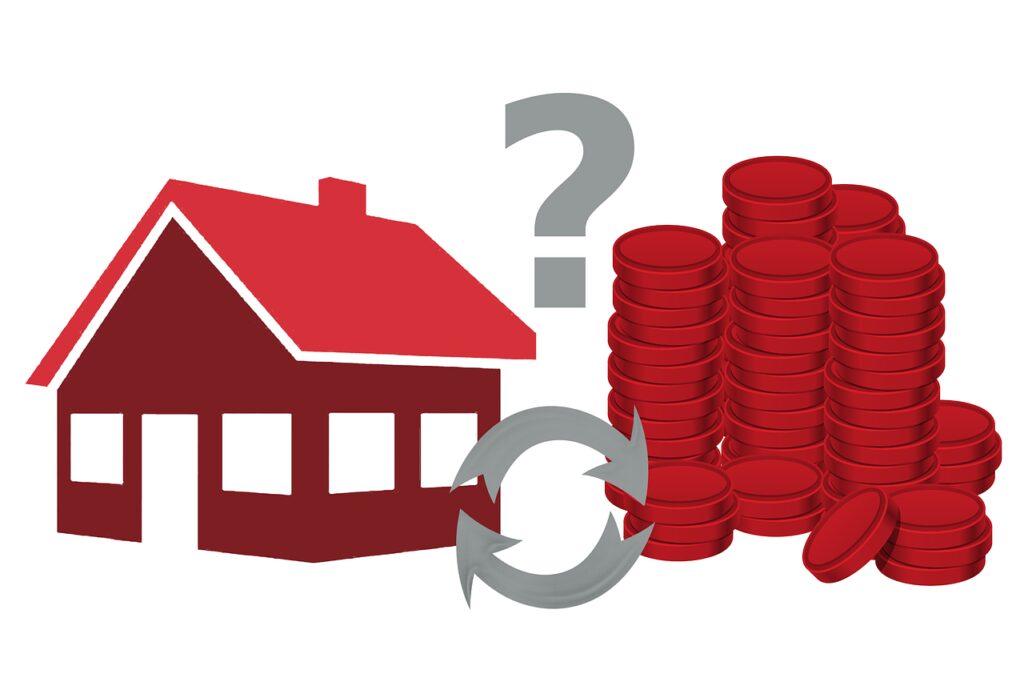Checklist for Rental Property Financing: A Guide for First-Time Investors
Investing in rental property is a popular way to build wealth and generate passive income. However, financing a rental property can be overwhelming, especially for first-time investors. So, are you considering investing in rental property to generate passive income and build wealth? Rental properties can be a smart investment, but financing can be a complex and overwhelming process, especially for first-time investors. That’s where a rental property financing checklist comes in handy!
In this article, we will provide a checklist to help you navigate the process of rental property financing. So, whether you’re a first-time investor or a seasoned pro, read on to learn how to make the most of your rental property financing journey!
Why You Need a Checklist for Rental Property Financing
Financing a rental property can be a complex process with many moving parts. A checklist will help you stay organized and ensure that you don’t miss any critical steps. By following a checklist, you can:
- Save time by knowing exactly what needs to be done
- Minimize errors and avoid costly mistakes
- Maximize your chances of getting approved for a loan
Overview of Rental Property Financing Checklist
The following is a checklist of the steps you need to take when financing a rental property:
- Determine your budget
- Check your credit score
- Research lenders and loan options
- Get pre-approved for a loan
- Find a property
- Conduct a property analysis
- Make an offer and negotiate
- Complete the loan application process
- Close on the loan
Step-by-Step Guide to Rental Property Financing Checklist
Determine Your Budget
The first step in financing a rental property is to determine your budget. Consider your current financial situation and your long-term financial goals. Determine how much you can afford to put towards a down payment and how much you can afford to pay each month. Take into account all expenses, including property taxes, insurance, and maintenance costs.
Check Your Credit Score
Your credit score is one of the most important factors in getting approved for a loan. Check your credit score and make sure it is in good standing. If your credit score is low, take steps to improve it before applying for a loan.
Research Lenders and Loan Options
Research lenders and loan options to find the best fit for your needs. Consider factors such as interest rates, loan terms, and fees. Look for lenders who specialize in rental property financing and who have experience working with first-time investors.
Get Pre-Approved for a Loan
Getting pre-approved for a loan will help you determine how much you can afford to spend on a property. It will also give you an advantage when making an offer on a property, as sellers are more likely to accept offers from pre-approved buyers.
Find a Property
Once you have determined your budget and been pre-approved for a loan, it’s time to start looking for a property. Consider factors such as location, rental potential, and resale value. Work with a real estate agent who specializes in rental properties.
Conduct a Property Analysis
Before making an offer on a property, conduct a property analysis. This will help you determine the property’s potential rental income and expenses. Consider factors such as vacancy rates, maintenance costs, and property taxes.
Make an Offer and Negotiate
Once you have found a property that meets your criteria, it’s time to make an offer and negotiate. Work with your real estate agent to determine an appropriate offer price based on the property analysis. Be prepared to negotiate with the seller to reach a mutually agreeable price.
Complete the Loan Application Process
Once your offer has been accepted, it’s time to complete the loan application process. Provide all required documentation to your lender and be prepared to answer any questions they may have. Make sure you understand all terms and conditions of the loan before signing.
Close on the Loan
Finally, it’s time to close on the loan. This typically involves signing a large number of documents, so be prepared to spend several hours at the closing. Make sure you understand all terms and conditions of the loan before signing.

Action Steps: Checklist for Rental Property Financing
Use the following checklist to help you navigate the process of rental property financing:
Determine your budget
- Consider your financial situation and goals
- Determine how much you can afford to put towards a down payment and monthly payments
- Take into account all expenses
Check your credit score
- Ensure your credit score is in good standing
- Take steps to improve your credit score if necessary
Research lenders and loan options
- Consider interest rates, loan terms, and fees
- Look for lenders who specialize in rental property financing
Get pre-approved for a loan
- Determine how much you can afford to spend on a property
- Have an advantage when making an offer on a property
Find a property
- Consider location, rental potential, and resale value
- Work with a real estate agent who specializes in rental properties
Conduct a property analysis
- Determine the property’s potential rental income and expenses
- Consider vacancy rates, maintenance costs, and property taxes
Make an offer and negotiate
- Determine an appropriate offer price based on the property analysis
- Be prepared to negotiate with the seller
Complete the loan application process
- Provide all required documentation to your lender
- Be prepared to answer any questions they may have
- Understand all terms and conditions of the loan before signing
Close on the loan
- Sign all necessary documents
- Understand all terms and conditions of the loan before signing
Examples of Using the Rental Property Financing Checklist
Here are a few examples of how you can use the rental property financing checklist:
- John is a first-time real estate investor who wants to buy a rental property. He uses the rental property financing checklist to help him navigate the process. By following the checklist, he is able to secure a loan, find a property, and close on the loan with confidence.
- Sarah is a seasoned real estate investor who has purchased several rental properties in the past. She uses the rental property financing checklist as a refresher to make sure she doesn’t miss any critical steps in the process.
- Mike is a lender who specializes in rental property financing. He uses the rental property financing checklist as a guide when working with first-time investors to ensure they understand the process and are prepared for each step.
Final Words:
Financing a rental property can be a complex process, but with the right checklist, you can navigate it with ease. Use the rental property financing checklist provided in this article to help you stay organized and ensure that you don’t miss any critical steps.
By following the checklist, you can save time, minimize errors, and maximize your chances of getting approved for a loan. So, what are you waiting for? Take action today and start your journey towards rental property investing success!
Have you used a rental property financing checklist before? What was your experience? Share your thoughts and insights in the comments below!
